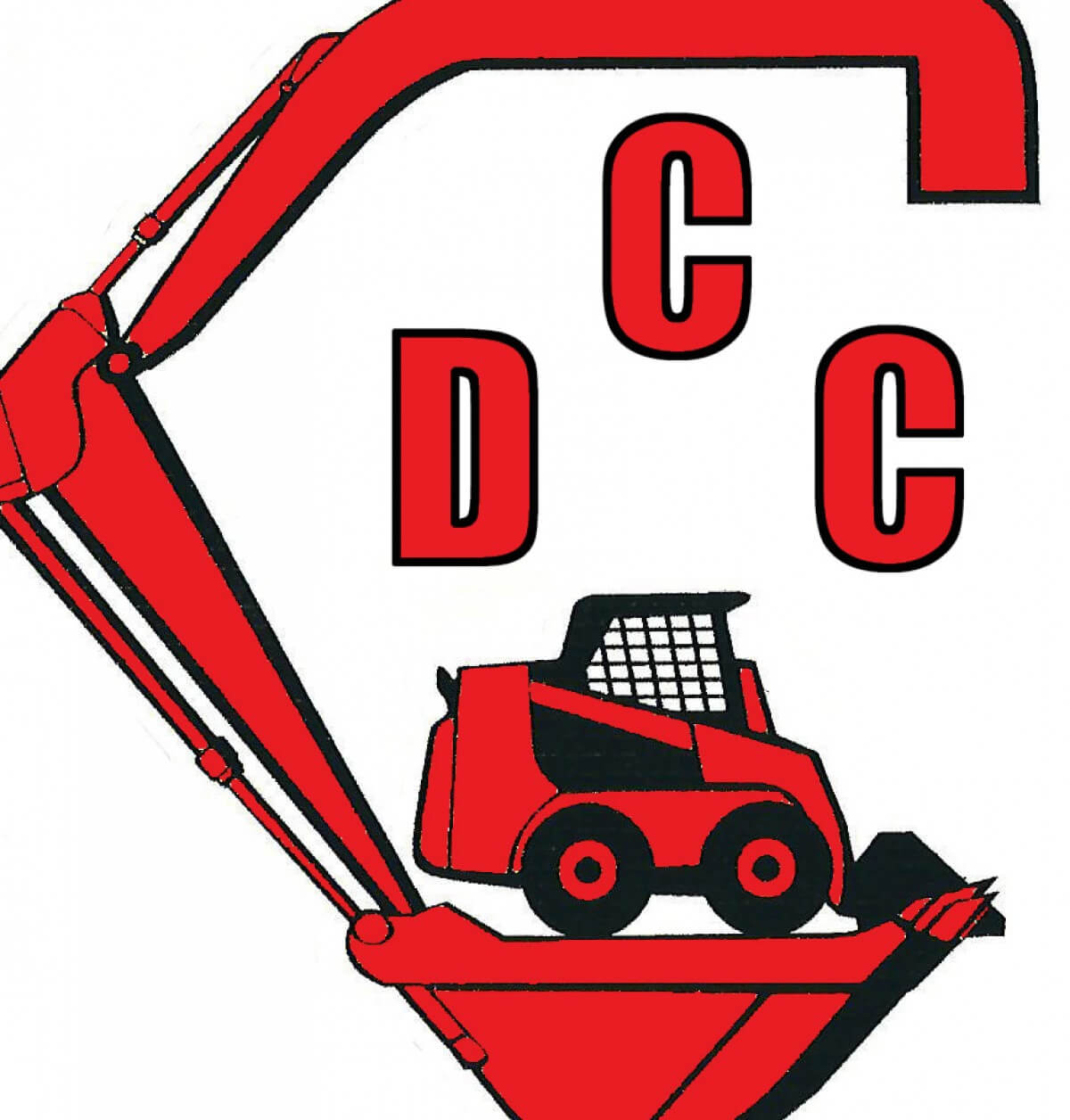Cold weather can take a toll on man and machine alike. Some adjustments are made once the snow and ice come so we can tolerate the weather change, and the same should be done for the machinery that helps the community do the same. The following tips will get you on the right track.
- Once the season changes, so should the fluids. Check, top off, or change engine oil, engine coolant, hydraulic oil, and fuel. Make sure to double-check manufacturer recommendations for your particular Bobcat machine. Types or grades of fluids and oil may depend on how cold it gets in your region.
- Check those tires. The same things that happen to your car tires can happen to your Bobcat skid-steers tires. Look over tires for cracks, leaks, and embedded material that may cause constant air pressure loss. Low tire pressure on your machine can lead to less power for moving all that snow so keep an eye on the tires’ appearance and keep them filled to their recommended capacity.
- Check that battery. A dead or dying battery will freeze up a job faster than the weather will. Before the season fully turns make sure the battery is up to par. This means no damaged connections, frayed wires, or areas of corrosion.
- Touch up the cab. Sitting comfortably for a long day of being out in the elements will be paramount to you performing as well as your machine. Inspect seals all around the cab for cracking or wear. Perform checks on all of the climate control systems for the inside of the cab and make those repairs before the first job even rolls in.
- Take a look at your cold-weather attachments. If you already possess snow-handling attachments for your Bobcat now would be a good time check them out for wear and tear. Just like checking all lines on the machine itself, the same care and attention should be paid to the same on any attachment. If you don’t already own snow attachments, consider investing in or renting some to diversify job capability. These could include snow brooms, buckets, scrapers, blades, and snow blowers.
Checking all of these things will keep your Bobcat machine running optimally all season long. If you need it, be sure to bring your machine in for repair before the snow falls. To help stay on top of machine and attachment inspections, create a checklist to be done as periodically as desired, based on how much use the machine gets: every week, before each job, each month, etc.

